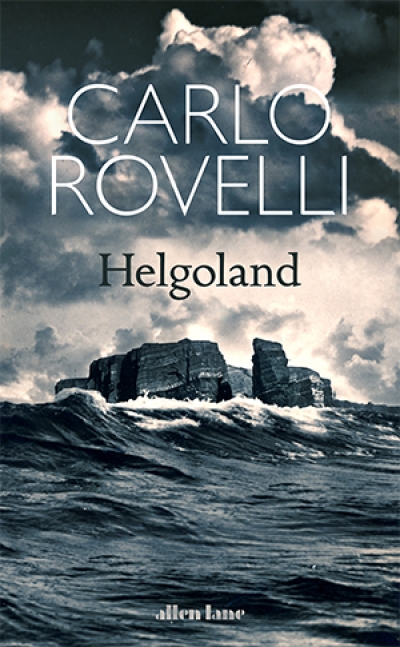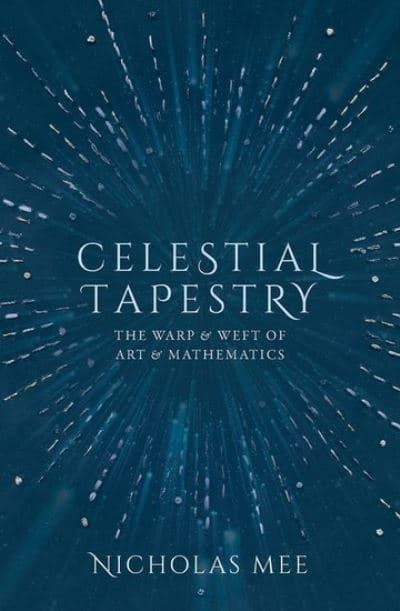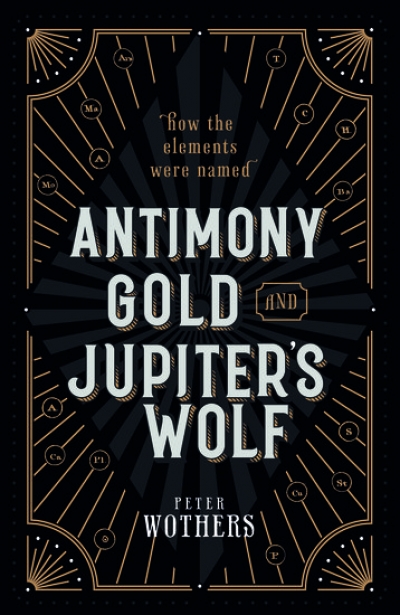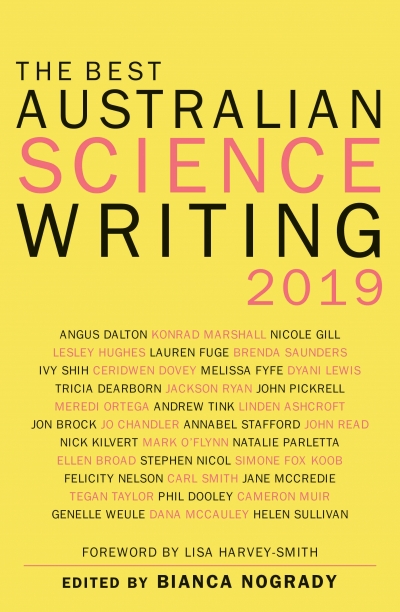Robyn Arianrhod

Robyn Arianrhod is an affiliate in the School of Mathematics, Monash University, where she taught for many years; her research fields are general relativity and the history of mathematical science. As a science writer, she has published many articles and reviews, as well as four books blending popular science with history and biography. Her latest is Thomas Harriot: A life in science (OUP, 2019).
Were you one of those reluctant mathematics students who complained, ‘What’s the point of all this?’ If so, rest assured: Michael Brooks has made a compelling case for the role mathematics has played in making ‘civilisation’ possible. If you still need convincing, he also discusses research suggesting that doing maths is good for your brain.
... (read more)
Theoretical physicist Carlo Rovelli has a gift for writing short, conversational, popular physics books. His earlier works, notably Seven Brief Lessons in Physics (2015) and The Order of Time (2018), have been bestsellers, and Helgoland is continuing the trend.
Helgoland is a barren island in the North Sea, where the twenty-three-year-old Werner Heisenberg found inspiration in his quest for the m ... (read more)
If you have ever wondered about the imaginative, wondrous side of science – for instance, how Einstein used maths to predict the existence of gravitational waves, or how a metaphor led to the astonishing discovery that the spinning earth drags space-time around it like molasses around a spoon, this is not the book for you. But if you want to know why scientists had the patience to keep refining ... (read more)
Celestial Tapestry is a gem, indeed, a trove of gems: lavishly illustrated cameos from the science and history of art and mathematics, woven into a narrative about pattern and symmetry. We humans have an innate appreciation of symmetry, judging from 5,000 years of art, architecture, mathematics, and mythical and religious symbolism. After all, symmetry is all around us – in the shapes of our bod ... (read more)
Imagine you’re trying to make sense of the universe five hundred years ago, when astronomers believe there are just seven visible ‘planets’ wandering about the Earth: the sun and moon plus Mercury to Saturn. Intriguingly, there are also seven known metals: gold, silver, copper, iron, tin, lead, and mercury. For hundreds of years there have been just seven known ‘planets’ and seven metals ... (read more)
Reading good science writing is not just pleasurable and informative: it’s also necessary if we want to live engaged and examined lives in today’s hyper-technological, climate-changing world. The Best Australian Science Writing 2019 offers readers all these things – the delight in good writing, the satisfaction of learning, and the sobering reckoning with our society’s environmental impact ... (read more)







